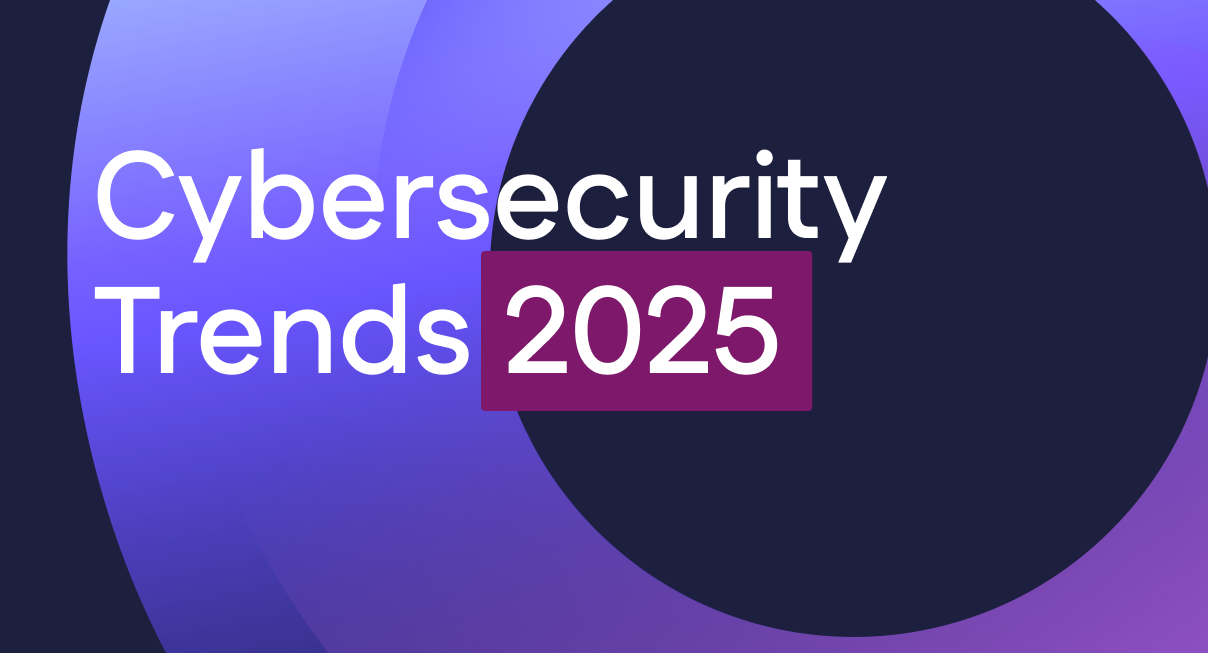Adopting a Data-Centric Approach to Cybersecurity
In an era marked by rapid digital transformation and widespread cloud migration, organizations are grappling with the dual challenges of harnessing the benefits of technology and new Gen AI solutions while safeguarding against an ever-expanding array of cyber threats. Traditional security models are proving insufficient in the face of increasingly sophisticated attacks, necessitating a shift towards a data-centric approach to cyber risk management. In this blog post, we explore the key principles and strategies of this approach, including its importance, implementation, and benefits.

The Challenge: Securing Data in a Complex Landscape
The evolution of digital infrastructure has led to the proliferation of sensitive data across diverse environments, ranging from traditional on-premises servers to cloud storage and personal devices. This expanding attack surface poses significant challenges for organizations striving to maintain data security and regulatory compliance. Key issues include:
- Data Proliferation: Sensitive data resides in various locations, including file shares, email, databases, and cloud storage, increasing the complexity of securing it.
- Global Workforce Dynamics: With distributed teams accessing data from different locations and devices, ensuring both security and accessibility becomes paramount.
- Regulatory Compliance: Organizations must navigate a complex landscape of industry standards and regulations, requiring robust security measures to achieve compliance.
The Data-Centric Security Model
In response to these challenges, the data-centric security model has emerged as a proactive approach to cyber risk management. Key principles of this model include:
- Zero Trust Architecture: Emphasizes continuous verification and granular access controls, assuming that breaches are inevitable and restricting access based on the principle of least privilege.
- Inside-Out Approach: Focuses on identifying and classifying data by criticality, implementing granular security controls, and addressing human vulnerabilities within the organization.
- Continuous Monitoring: Monitors data access and use throughout the information lifecycle, enabling proactive detection of anomalies and compliance violations.
Managing Generative AI Data: A New Challenge
The advent of generative AI solutions introduces additional complexities to the data security landscape. Organizations now need to manage and secure the data accessed and generated by these systems, presenting new challenges such as:
- Data Integrity Concerns: Generative AI models can generate large volumes of synthetic data, raising questions about its authenticity and integrity.
- Privacy Risks: The data that is accessed (and generated) by these solutions may contain sensitive information, requiring robust privacy measures to prevent unauthorized access or disclosure.
- Adversarial Attacks: Generative AI models are susceptible to adversarial attacks, where malicious inputs can manipulate the output, posing security risks to downstream applications and systems.
- Regulatory Compliance: Compliance frameworks may not account for the unique characteristics of generative AI data, necessitating adaptation and clarification of existing regulations.
Data Protection Strategies: From Classification to Compliance
Implementing a data-centric security model involves the following key stages:
- Data Classification: Organizations must inventory, categorize, and label data based on sensitivity, compliance requirements, and business context.
- Protecting Data: Granular access controls must be implemented to safeguard data at rest, in transit, and during sharing. Role-based access control can be extended to attribute-based access control for finer-grained security.
- Monitoring and Compliance: Data access and use should be continuously monitored, with alerts set up for suspicious activities. Centralized activity tracking enables detailed reporting for internal improvement and regulatory compliance.
Key Takeaways
- Data-Centric Security: By centering security efforts around the data itself, organizations can better protect against evolving cyber threats and regulatory requirements.
- Zero Trust Architecture: Adopting a zero trust approach enhances security by continuously verifying access and minimizing the risk of unauthorized data exposure.
- Continuous Improvement: Implementing a data-centric model requires ongoing monitoring, adaptation, and compliance efforts to stay ahead of emerging threats.
In conclusion, a data-centric approach to cyber risk management offers organizations a proactive strategy for safeguarding sensitive data in an increasingly complex threat landscape. By prioritizing data protection, implementing granular access controls, and embracing continuous monitoring, organizations can enhance their security posture and mitigate the risks of cyber attacks and data breaches.
Latest updates
View allTurn risk and compliance into revenue
Get a Demo








